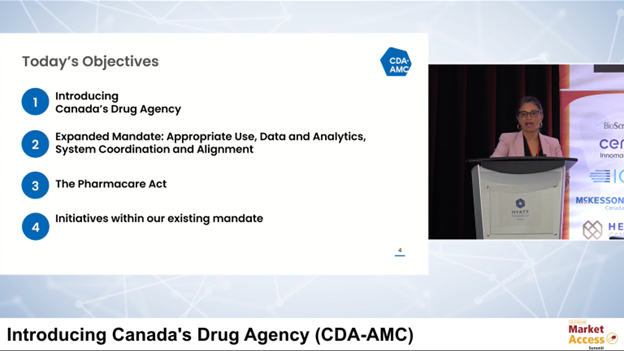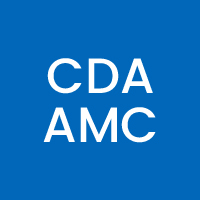A Comprehensive Analysis of Systemic Barriers and Transformative Strategies
Executive Summary:
The healthcare landscape for First Nations communities in Canada represents a critical intersection of technological innovation, policy reform, and social equity. This whitepaper examines the complex challenges and presents actionable solutions to address healthcare access disparities.
Introduction:
In the vast and diverse landscape of Canadian healthcare, First Nations communities face unprecedented challenges in accessing equitable, culturally responsive medical services. This whitepaper emerges from a critical dialogue among healthcare leaders, policy experts, and indigenous advocates, revealing a stark reality: the current healthcare system is fundamentally misaligned with the unique needs of indigenous populations. By illuminating the systemic barriers, technological gaps, and policy limitations, we aim to chart a transformative path forward—one that honors indigenous sovereignty, leverages technological innovation, and fundamentally reimagines healthcare access as a fundamental human right.
Key Findings:
– 20-year life expectancy gap between First Nations and general Canadian population
– Systemic barriers in Non-Insured Health Benefits (NIHB) program
– Significant infrastructure limitations in remote communities
Systemic Barriers Analysis:
A forensic examination of the structural challenges preventing effective healthcare delivery. This section deconstructs the complex ecosystem of infrastructure limitations, policy constraints, and technological gaps that create insurmountable barriers for First Nations communities.
1. Infrastructure Challenges
Explores the geographical and technological constraints that isolate remote communities. Highlights the critical gaps in physical infrastructure, digital connectivity, and medical transportation that prevent reliable healthcare access.
– 30+ remote First Nations communities without road access
– Limited internet bandwidth
– Inadequate medical transportation infrastructure
2. Policy Limitations
A deep dive into the Non-Insured Health Benefits (NIHB) program, exposing the bureaucratic complexities that transform healthcare access into a labyrinthine challenge. Analyzes current policy frameworks and their real-world impact on indigenous health outcomes.
– Non-Insured Health Benefits (NIHB) Program Constraints
* Complex administrative processes
* Delayed medical transportation approvals
* Restrictive benefit coverage
* Outdated documentation requirements
3. Technological Gaps
Investigates the digital divide in healthcare technology, examining how current solutions fail to address the unique needs of First Nations communities. Identifies opportunities for culturally adaptive, community-centered technological interventions
– Insufficient telehealth implementation
– Lack of culturally adaptive digital health solutions
– Limited data sharing capabilities
Recommended Solutions:
Presents a comprehensive, multi-dimensional strategy for transformation. Offers actionable recommendations across technology, policy, and community engagement, designed to dismantle existing barriers and create a more equitable healthcare ecosystem.
Technology Interventions:
1. Satellite Internet Expansion
– Comprehensive broadband strategy for remote communities
– Low-bandwidth telehealth platforms
– Community-specific digital health interfaces
2. Digital Health Ecosystem
– Develop indigenous-led digital health framework
– Create culturally sensitive patient management systems
– Implement secure, simplified medical record systems
Policy Recommendations:
1. NIHB Program Transformation
– Streamline administrative processes
– Implement digital application systems
– Develop flexible medical transportation protocols
– Create indigenous advisory board for program oversight
2. Healthcare Professional Training
– Mandatory indigenous cultural competency training
– Develop indigenous healthcare leadership programs
– Create incentive structures for service in remote communities
Implementation Roadmap:
A strategic, phased approach to implementing recommended solutions. Provides a clear, measurable pathway for technological innovation, policy reform, and community empowerment, with specific milestones and accountability mechanisms.
Phase 1 (0-12 months):
– Conduct comprehensive community consultations
– Develop initial technology infrastructure plan
– Begin policy review process
Phase 2 (12-24 months):
– Pilot digital health solutions
– Implement initial policy reforms
– Establish indigenous health technology innovation fund
Phase 3 (24-36 months):
– Scale successful interventions
– Develop comprehensive national indigenous health technology strategy
– Create ongoing monitoring and evaluation mechanism
Economic and Social Impact:
Quantifies the potential transformative power of proposed interventions. Demonstrates the broader societal benefits of investing in indigenous healthcare access, including economic savings, improved health outcomes, and social justice.
– Estimated potential healthcare cost savings: $150-250 million annually
– Projected life expectancy improvement: 5-7 years
– Enhanced community health outcomes
– Increased indigenous healthcare workforce participation
Funding Recommendations:
– Federal government investment
– Private sector technology partnerships
– Indigenous-led social innovation grants
Call to Action:
1. Prioritize indigenous-led healthcare solutions
2. Invest in comprehensive technological infrastructure
3. Reform existing healthcare access policies
Conclusion:
The journey to equitable healthcare for First Nations communities is not a destination, but a continuous process of listening, learning, and transforming. This whitepaper represents more than a policy document—it is a commitment to fundamental change.
By centering indigenous voices, embracing technological innovation, and dismantling systemic barriers, we can create a healthcare system that does more than treat symptoms; it honors the inherent dignity and resilience of First Nations peoples. The path forward requires courage, collaboration, and an unwavering dedication to the principle that healthcare is not a privilege, but a fundamental human right.
Our collective future depends on our ability to reimagine what is possible when we truly listen and respond to the needs of all communities.
“Nothing about us without us” – Chiefs of Ontario Guiding Principle
This whitepaper report is based on the 2024 Market Access Summit Panel featuring Ali Tarana, Angelique Berg, Dr Anne Snowden, and Toby Mitchell.




